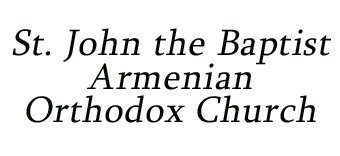ST. LONGINUS THE CENTURION
Longinus is the name given to the Roman soldier who pierced the side of Christ with a lance during His crucifixion. That episode occurs in the Gospel of John 19:34. Longinus is also identified as the Roman centurion mentioned in the synoptic gospels who identified Jesus as the Son of God (Matthew 27:54 and Mark 15:39, as well as Luke 23:47, where the centurion calls Jesus “a righteous man”).
